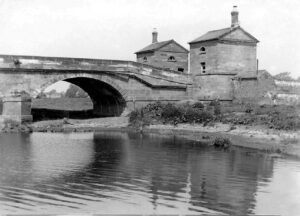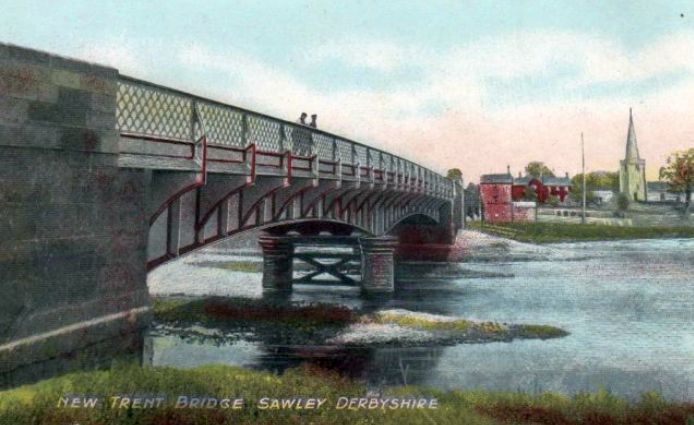The Act of Parliament authorising the construction of the bridge was signed in 1788 and the bridge was paid for by raising money from shareholders. The cost was about £4,000 (equivalent to about £617,000 in 2020) and tolls were levied on anyone crossing the bridge, apart from the Earl of Harrington’s staff and residents of Sawley and Hemington
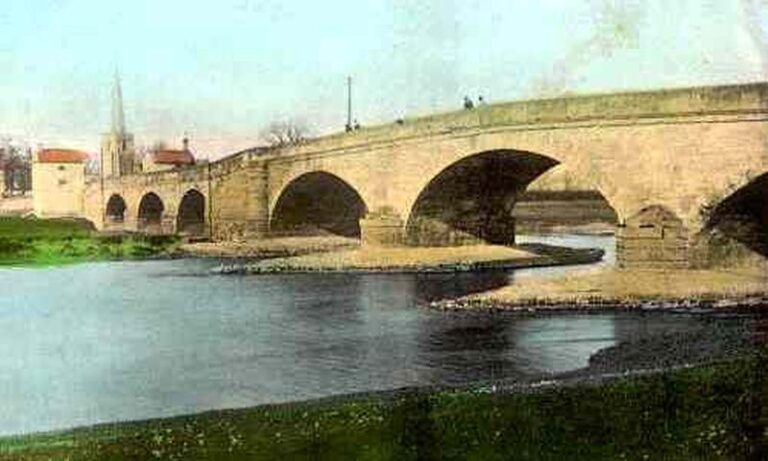
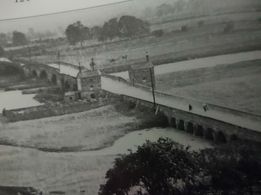
Harrington Bridge consisted of six stone arches, with toll houses either side of the road on the North bank. Including the approaches, the whole bridge was 100 yards (91m) long and 5 yards (5 m) wide. Initially a ford remained to the west of the bridge, but this became impassable after the weir was built at Redhill in 1792.
During the 19th century there was the ‘bridge gate’ by the canal on the Castle Donington and the ‘toll gate’ on the Sawley side. Tolls were removed in 1882, with local butcher Benjamin Allen given the honour of opening the gates for the last time.
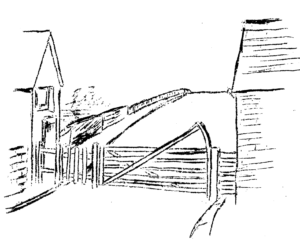
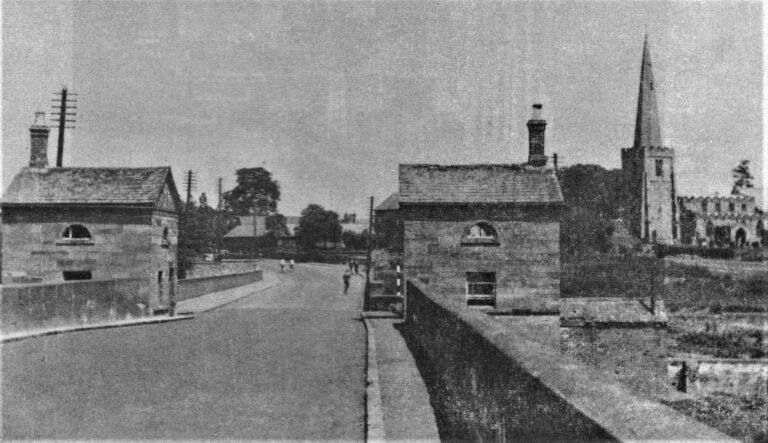
A year before the toll gates were freed, a tramp was drowned trying to swim across the River Treat because he lacked the penny toll.
On the day the tolls were removed Sawley’s two new schoolmasters – Mr G T Ledge and Mr Clegg – marched the children to the gates.
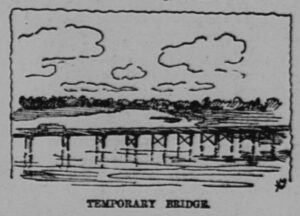
After the bridge foundations were damaged in floods during 1904 and in 1906, the central section was replaced by a two-span riveted steel girder bridge. While the old bridge sections were being demolished a temporary bridge was constructed. The original stone approaches and flood arches were retained.
The gate at the beginning of the original bridge (opposite the footpath to Trent Lock) was an ancient right of way, to allow any Sawley parishioner to take a horse and cart to fetch gravel or sand from the Trent. The strip of land in the Harrington field (in front of South Cottage) was said to belong to the parish. This meadow was also used for donkey races, beside many cricket matches.
The toll keepers’ houses remained as a private residence (with the living area on one side and the bedrooms on the other) until they were demolished in the 1930s.
